Many decks have come and gone throughout Hearthstone’s history, but one deck is always constant and always viable: control Warrior. As the threats have changed, the cards have changed, but the core strategy of surviving and outlasting your opponent with copious removal and life gain has held strong.
With TGT, Warrior has reached a new level of resiliency with tools like Bash and Justicar Trueheart. These new tools allow Control Warrior to be even more answer-packed and survive even longer, to the point where it can even outlast fatigue decks. Let’s take a look at my latest list and go through the decision process behind why to play the cards.
Card Choices
Slam – Slam is a generally-accepted replacement for Cruel Taskmaster. 2 damage is a lot better than 1, and the 2/2 body is generally worse than another card. In slow control matchups, you should actually try NOT to draw with Slam unless you absolutely have to. If you’re not lacking anything in your hand (removal, threat, comeback mechanism) and think the game is going to be decided by fatigue, you should probably attack their Shieldmaiden with your Fiery War Axe BEFORE Slamming it.
Bash – Bash is a great removal spell early (and can be a life savior in games where you don’t draw a weapon), an Execute and Shield Slam enabler later, and a source of life gain late in close games. It really does everything you want as a Warrior, and in a slot on the curve that has been pretty weak in Warrior historically.
Shield Block – This isn’t a card that is in the deck, but a card that is conspicuously missing. Shield Block used to be necessary to have more activators for Shield Slam and to have something to do on turn 3 when your hand was weak. Bash fills both of those roles better than Shield Block, and has the advantage of not drawing you a card. That sounds strange to say, but with the advent of Justicar Trueheart control mirrors almost always go to fatigue now, and the player who fatigues first generally loses, so drawing cards is strangely bad in control mirrors. For example, I had a control Warrior mirror match where my opponent played Justicar Trueheart on turn 6 and mine was the 3rd from the bottom card of my deck. My opponent was at 90 health at one point, and Alexstrasza-ed me for 15 damage, hit me with a Pyroblast off of Nexus-Champion Saraad, and still lost because he had two Shield Blocks, played an Acolyte of Pain, and I gave him another Acolyte off of his Sylvanas Windrunner. He hit fatigue 6 cards before me and died to 15 fatigue while I still had 15 health left.
I keep emphasizing how important it is to not get closer to fatigue, but keep in mind this is only for games you are SURE you are going to fatigue. This applies to most control warrior mirrors, but not all – sometimes the opponent is playing a more midrange list with cards like Piloted Shredder, Emperor Thaurissan, and Ragnaros the Firelord, and in that matchup value (drawing cards from Acolyte of Pain and Slam) is important. Don’t deny yourself draws unless you have all of the answers to problems your opponent might present.
Double Brawl – There are lot of popular decks right now that aim to flood the board, and Brawl is exactly what you need to swing the game against them. Secret Paladin, Tempo Mage, Mech Mage, even Dragon Priest sometimes have to play multiple minions and give you a 2-for-1 or better with the board sweeper. If you can, save a weapon charge so you can mop up the surviving minion after a turn 5 or 6 Brawl. Even in the slow matchups, you can usually find a use for the Brawls by clearing most of a Dr. Boom or killing one minion, which is fine.
Justicar Trueheart – Justicar seems like it wouldn’t do that much, but the effect she has on the deck cannot be understated. If you play her early she represents 10+ extra armor over the course of the game, pushing you out of combo range and making the opponent beat you on value fair and square. She also makes a drastic difference in late game low-resource situations. If the opponent has 4 or less attack worth of minions, you don’t need to do anything but armor up. This puts the onus on the opponent to overextend into Brawl, and if they don’t, you both continue to draw cards and go closer to fatigue, where the opponent will inevitably die to your massive life gain.
Gorehowl – With the introduction of Justicar Trueheart, there is now enough life gain in the deck to reintroduce Gorehowl. Gorehowl is the ultimate grinding tool against midrange and control decks, and is very close to game over if you play it while above 30 health. A 3 or 4 for 1 is too much for Dragon Priest or Druid to overcome if you are not in danger of dying, and it isn’t too shabby in the mirror, either. Gorehowl is another card that forces the opponent to overextend into Brawl because if they beat the weapon’s extreme value they have to play a bunch of minions and go face.
Baron Geddon – Similar to Brawl, Baron Geddon is very good against decks that flood the board. Secret Paladin is popular, so Baron Geddon is in the deck. He is also good for mopping up a couple smaller minions without using a card in control matchups or finishing off a 5 health minion after you attack it with an Axe. I’ve even used a Gorehowl attack + Geddon to kill an 8/8!
Tech Options
Revenge – If you are facing an astonishing amount of Paladins, you can play Revenge, but it really isn’t necessary with the Baron Geddon and Armorsmiths.
Cruel Taskmaster – Taskmaster isn’t excellent, and a lot of lists cut him, but he is very valuable in matchups where the opponent has a lot of 1 health or 4 health minions. Bash and Fiery War Axe are weak against Spider Tank, Misha, Totem Golem, and such things, but with Taskmaster they become great answers. Taskmaster also helps fight for early board control, which is what you are most vulnerable to as Warrior.
Shield Block – Shield Block is a good card, but for the reasons enumerated in the Bash section above it isn’t what you want right now. If other control decks disappear from the meta this could be a good addition for extra life gain in the aggro matchups.
Emperor Thaurissan – A lot of people play Thaurissan in their control warrior decks, and I don’t understand why. He operates on a fundamentally different strategic axis than the rest of the deck – the other cards are all focused towards surviving and gaining maximum value, where Thaurissan trades tempo when you play him for explosiveness later, which is not something control Warrior needs. The tempo lost when you play him is more harmful than the mana reduction is helpful; you will often leave mana unspent on the late-game turns anyways.
Nefarian – On the other end of the spectrum, Nefarian is the best card not already in the deck against control decks. When value is the name of the game, the black dragon is the place to turn. Also, if you don’t have Baron Geddon, Nefarian is the replacement I’d recommend.
Nexus-Champion Saraad– Saraad is a good value card, but generally worse than Nefarian in control matchups and worse than any other 5 or 6 drop against aggro. He is a middle-of-the-road card that is a fine substitution if you don’t own one of the other legendaries in the deck.
Kodorider – I only mention him because some lists play Saraad already, and Kodorider is about as good as the legend at grinding value and better when board control is important. If they both cost the same Kodorider would probably be the better card overall.
Varian Wrynn –Varian was very hyped when TgT came out, but it turns out he just isn’t good enough, plus he draws cards and extends into Brawl in the mirror, which are both bad things. I would stay away unless you were building an anti-aggro taunt Warrior.
Foe Reaper 4000 – You can laugh, but Foe Reaper is actually very good against Druid, Paladin, Shaman, and Priest (if they don’t have Shadow Word: Death). He is a viable and often overlooked choice in the Baron Geddon or Gorehowl legendary slot.
Matchups
Secret Paladin
Cards to keep: Fiery War Axe, Deaths-Bite, Armorsmith, Acolyte of Pain, Slam, Bash, Brawl if you have turn 2 and 3 plays
Mulligan hard for weapons, and keep other 2 and 3 drops if you have a weapon or Armorsmith. You NEED turn 2 and 3 plays to not fall too far behind. Coining out a turn 2 Acolyte of Pain is a great play since they don’t have any way to answer it without letting you draw 2 cards.
The early game is fairly easy to keep under control, so the real focal point of this matchup is Mysterious Challenger. If the board is cluttered when Dr. 6 comes down, you need pop Avenge/Redemption and then Brawl to not get crushed. If the board is clear, a simple Shield Slam or Execute will do. Either way, be sure you save a combination of cards that can deal with the Challenger if you can. Once you make it to turn 8 you should be in the clear, as your life gain can outpace the relatively weak Paladin topdecks.
Control Warrior
Cards to keep: Deaths-Bite, Justicar Trueheart, Shield Slam
I would actually only keep those three cards if I knew the opponent was Warrior control. The games take so long to develop that you don’t need any early game, and getting the upgraded hero power from Trueheart as early as possible goes a long way towards winning the fatigue game. My most common first play of the game is Sludge Belcher – don’t play an Armorsmith early, as it will just die to their Death’s Bite and prep their weapon for them so they can kill your follow-up Belcher or Shieldmaiden easily. Also try to kill some of your opponent’s big threats by attacking them with minions or weapons, as 5 removals (2 Execute, 2 Shield Slam, Big Game Hunter) aren’t enough to kill all of their 6+ mana minions.
It isn’t uncommon for both players to spend most of the game above 50 health, focus on gaining maximum value out of every card. For example, don’t play 5 health minions into your opponent’s second Death’s Bite Charge, and never play two good minions to turn on your opponent’s Brawl. You can afford to take damage for card advantage, because being one card up at the end will likely translate into victory. Don’t play Acolyte of Pain or Shield Block if you can avoid it, as being one card ahead in the fatigue war is crucial in the post-Justicar world.
Patron Warrior
Cards to Keep: Fiery War Axe, Deaths-Bite, Shield Slam, Justicar Trueheart.
Try to gain as much life as possible to stay out of double Frothing Berserker combo range (about 50 health). This matchup is similar to Freeze Mage in that the opponent has an upper limit to the amount of damage they can do, so if they have no recurrent damage source (minions on board), armoring up is of utmost importance and better than developing a threat.
Once the opponent is on Warsong Commander + Grim Patron mana, don’t play any minions with less than 3 attack unless you have Brawl in hand, and don’t play more than one minion at a time if the opponent has gotten an Emperor Thaurissan activation on a full hand. You don’t need to deal damage to the opponent to win; just survive and they will die to fatigue eventually.
Druid
Cards to Keep: Fiery War Axe, Deaths-Bite, Execute, Shield Slam
Fiery War Axe used to be bad against Druid, but now they have Darnassus Aspirant, which is important to kill on turn 2. As before, if they have a turn 2 Wild Growth and strong follow-ups the game is sometimes impossible to win. Druid is very one dimensional, though, so if you can grab board control past turn 7 while staying out of range of combo (or preferably double combo – 22 health) there are very few ways for Druid to come back. Their lack of good removal means that slamming big threats like Dr. Boom or Sylvanas Windrunner against a minion or two on their side will generally go well for you, provided you have enough health to survive the next turn.
Dragon Priest
Cards to Keep: Deaths-Bite, Fiery War Axe, Execute, Shield Slam
Depending on how aggressive their draw is you may find yourself on the back foot and needing a Brawl, but keeping it in the opening hand just leads to you falling behind and needing to use it. Try to clear all of the enemy minions or play a bigger one than theirs each turn so they don’t get to draw off of Northshire Cleric. Execute is for a minion enhanced by Velens-Chosen, or if they don’t draw the spell, for Ysera/Nerfarian/Chillmaw.
The matchup is strange because although Dragon Priest is a Priest deck, and therefore ostensibly a control deck, they play a lot of large, cheap minions and play more like an aggressive midrange deck here. It’s more like the Druid matchup than the Control Warrior one. If you are able to play Gorehowl and kill their singular minion or leave them with just a small one, the game is won. They have very little burst and no way to come back against a weapon that 3 for 1’s them or more.
Flamewaker Mage
Cards to Keep: Fiery War Axe, Deaths-Bite, Bash, Slam
This matchup hinges almost entirely on the first four turns. If you can make it to the point where you are dropping Sludge Belchers and Shieldmaidens without them dying immediately you are in great shape, and if the opponent has a Flamewaker, Mirror Entity and Piloted Shredder in play when you do you are done for. Kill Flamewaker at all costs, and save Bash to kill Mana Wyrm or Flamewaker that are hiding behind Mirror Image taunts.
Midrange Hunter
Cards to keep: Armorsmith, Bash, Fiery War Axe, Deaths-Bite, Slam, Sludge Belcher if you have two of the previous five
The weapons are keeps, but try not to hit anything with more than 3 attack with them, as Midrange Hunter is still Hunter and can still burst you for 15 damage out of nowhere over two turns.
The main difference between Midrange Hunter and Face Hunter is that you don’t win against midrange if you get through the early game with a decent health total. They are capable of putting up a fight for much longer with Savannah Highmane and Dr. Boom, so play minions over armoring up if you aren’t in immediate danger of dying.
Conclusion
Control Warrior is a perennial powerhouse. It has been a tier 1 deck since the beta, and it isn’t going to slow down any time soon. If you enjoy killing everything and playing to fatigue, you’ll always have a friend in Control Warrior.
Please don’t hesitate to ask any questions in the comments, and all comments are appreciated. Thanks for reading!
Until next time,
LightsOutAce



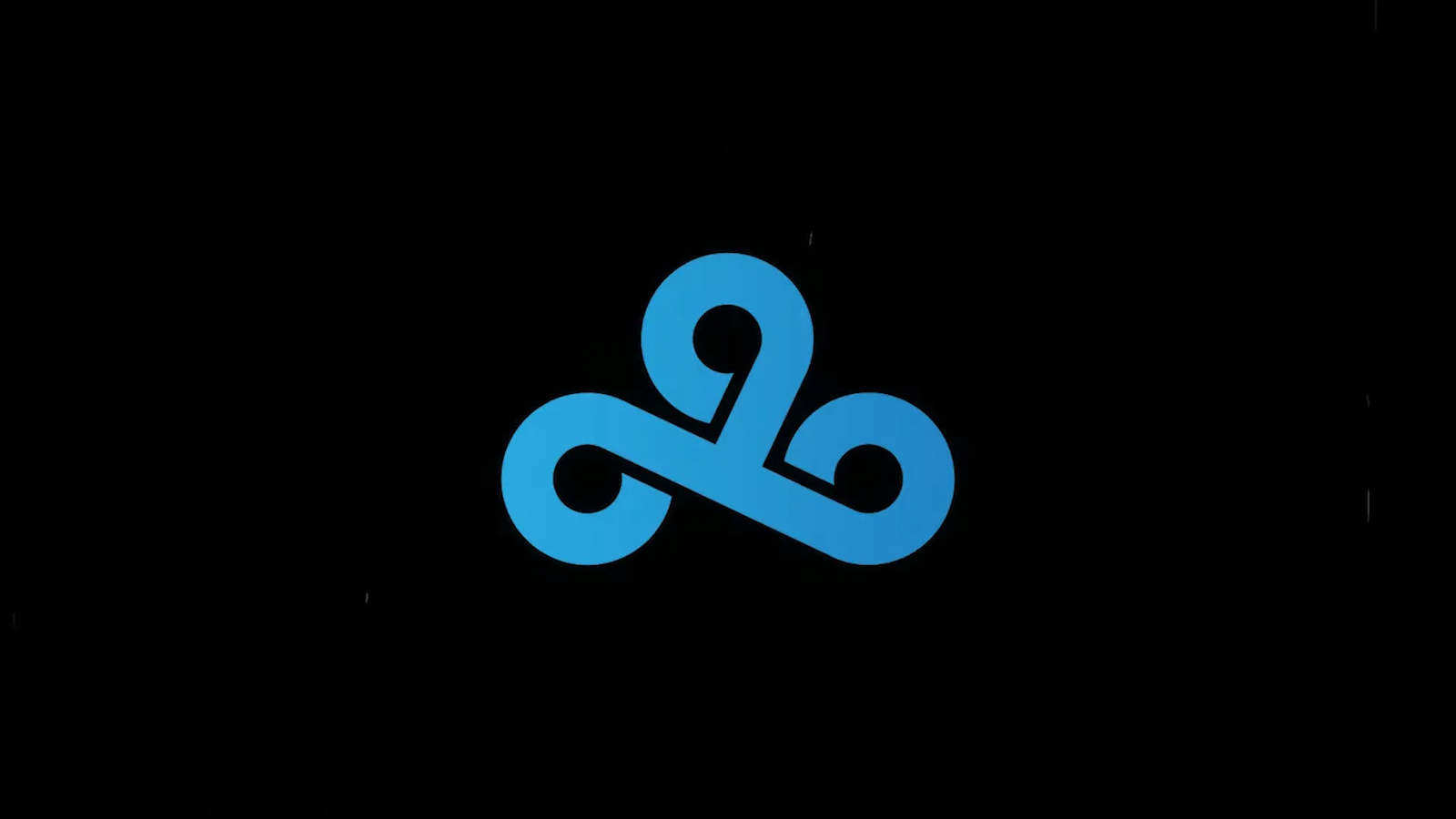

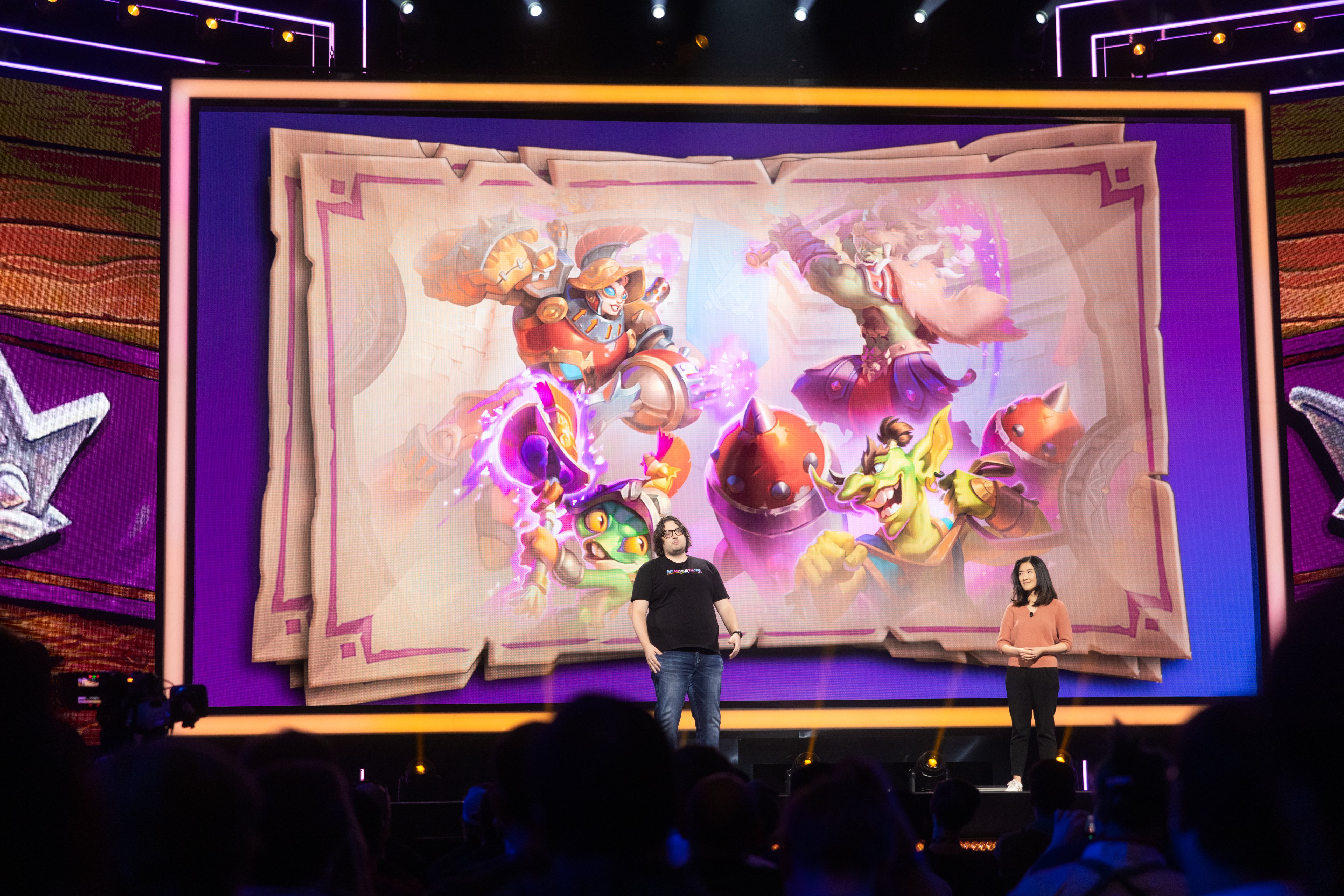
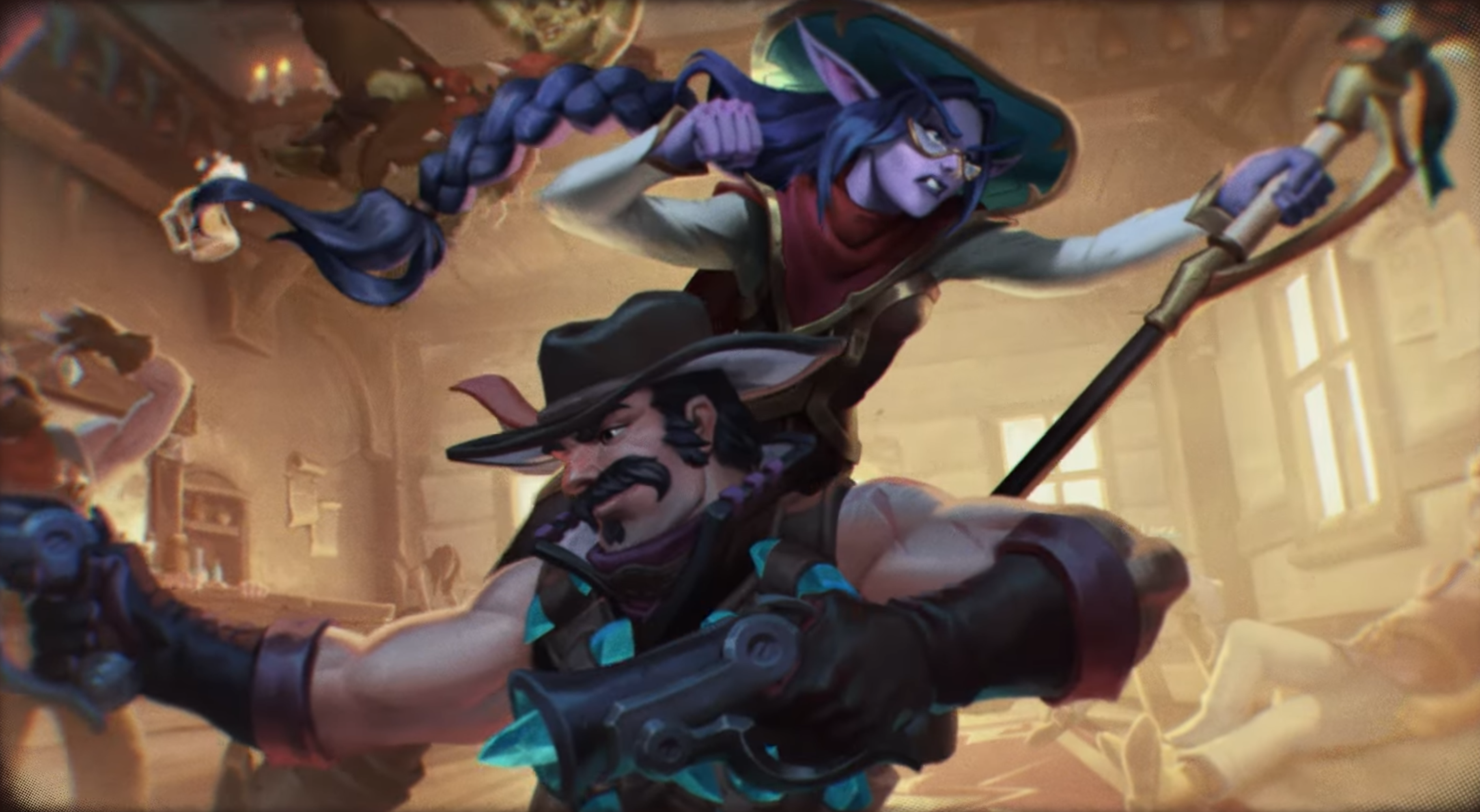
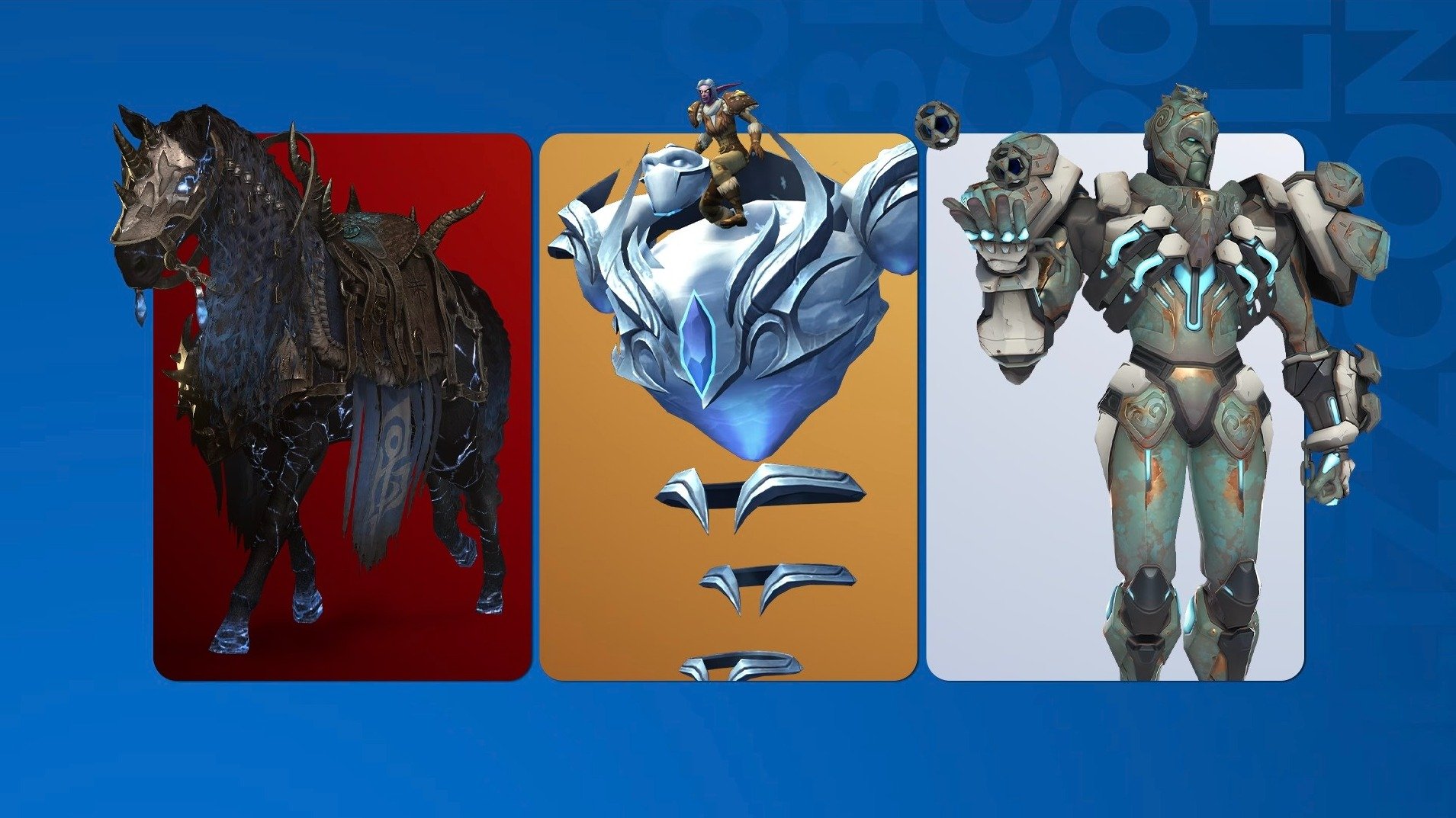
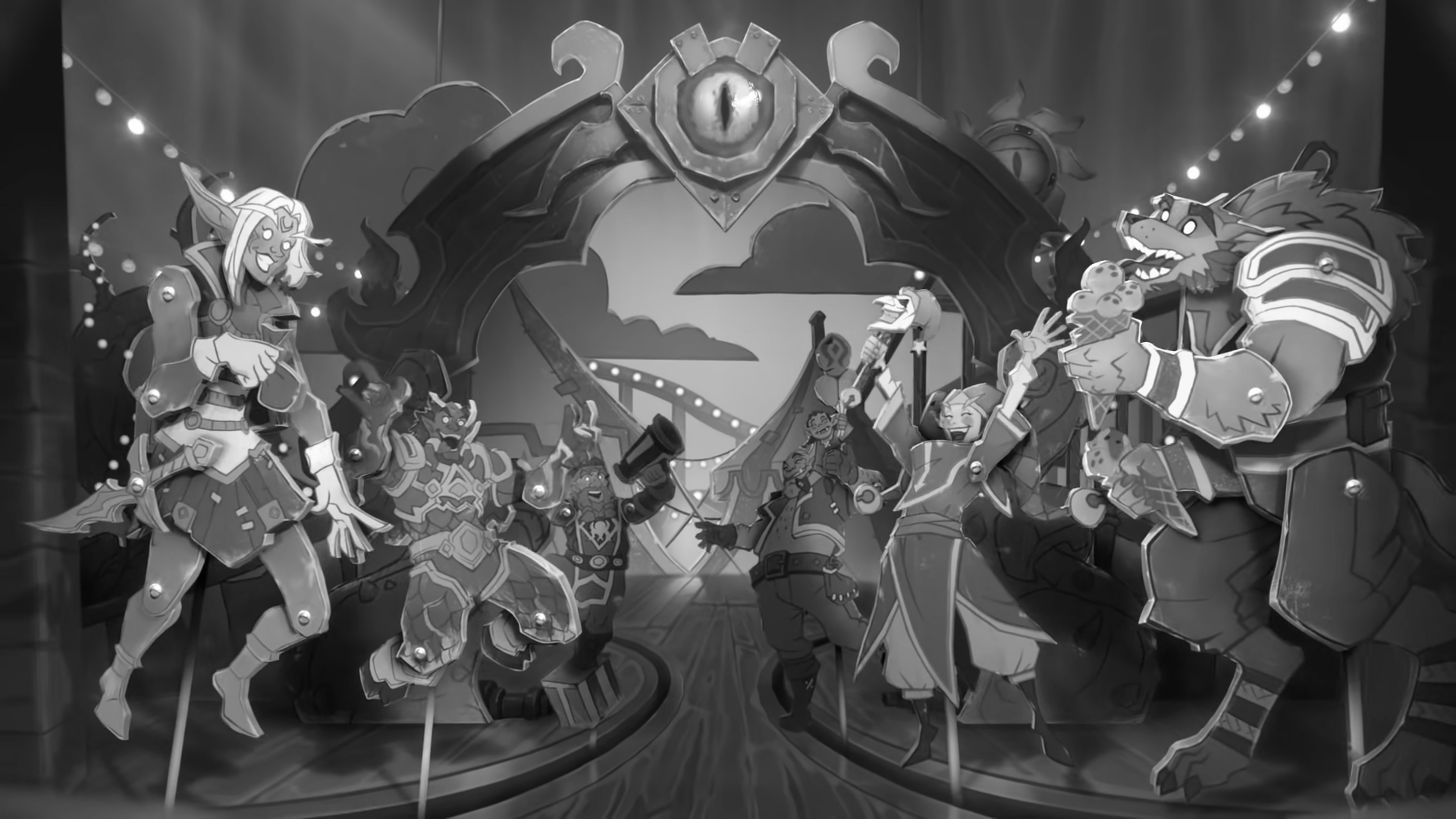
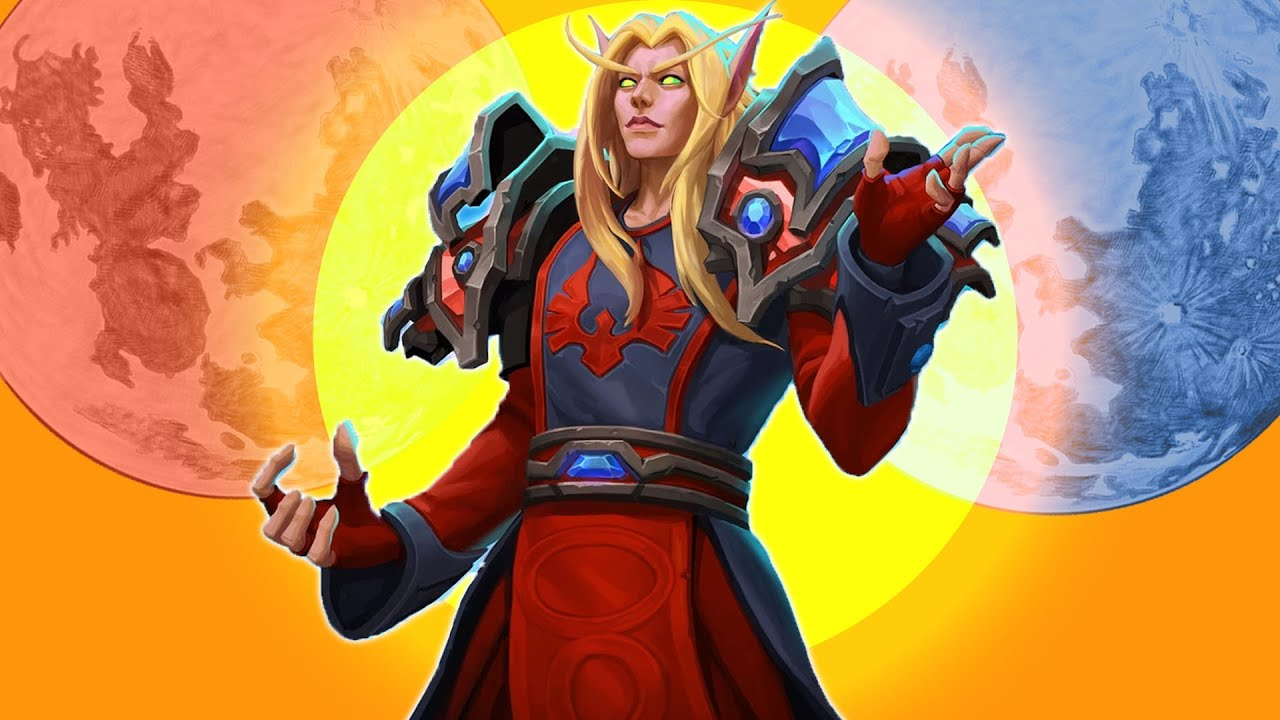
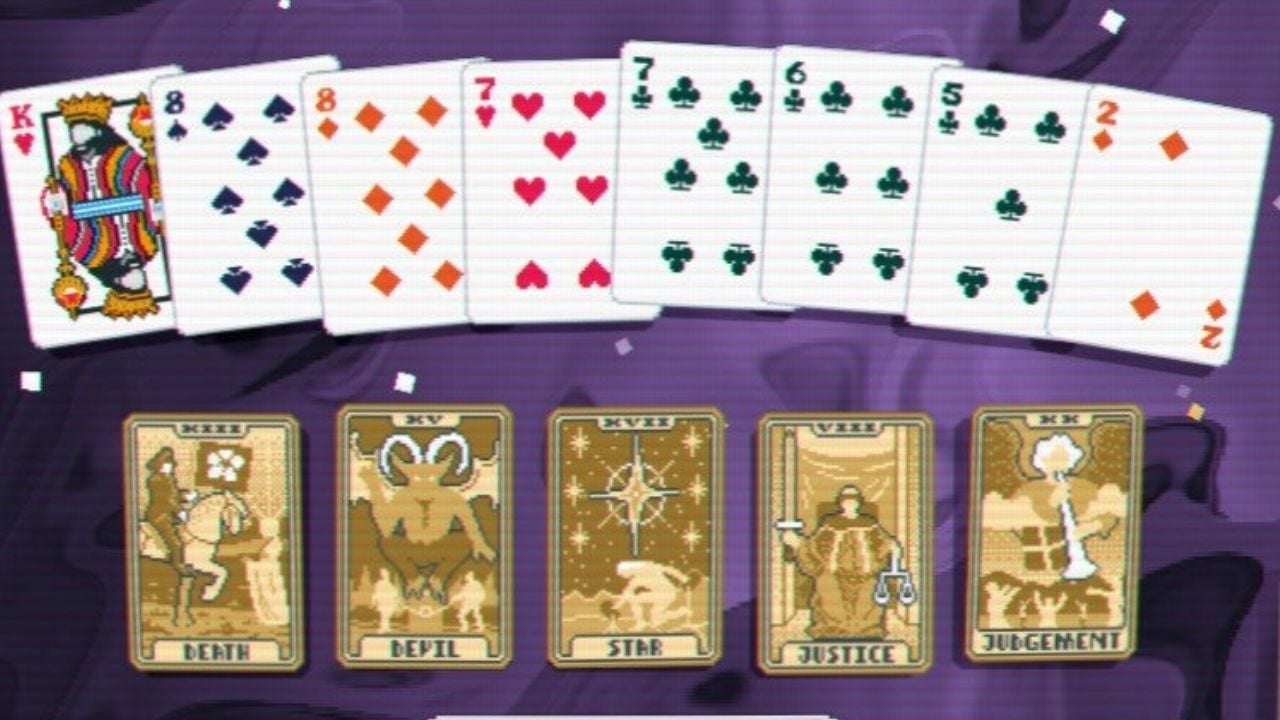
Published: Oct 13, 2015 02:16 pm